Your cart is currently empty!
Author: adm
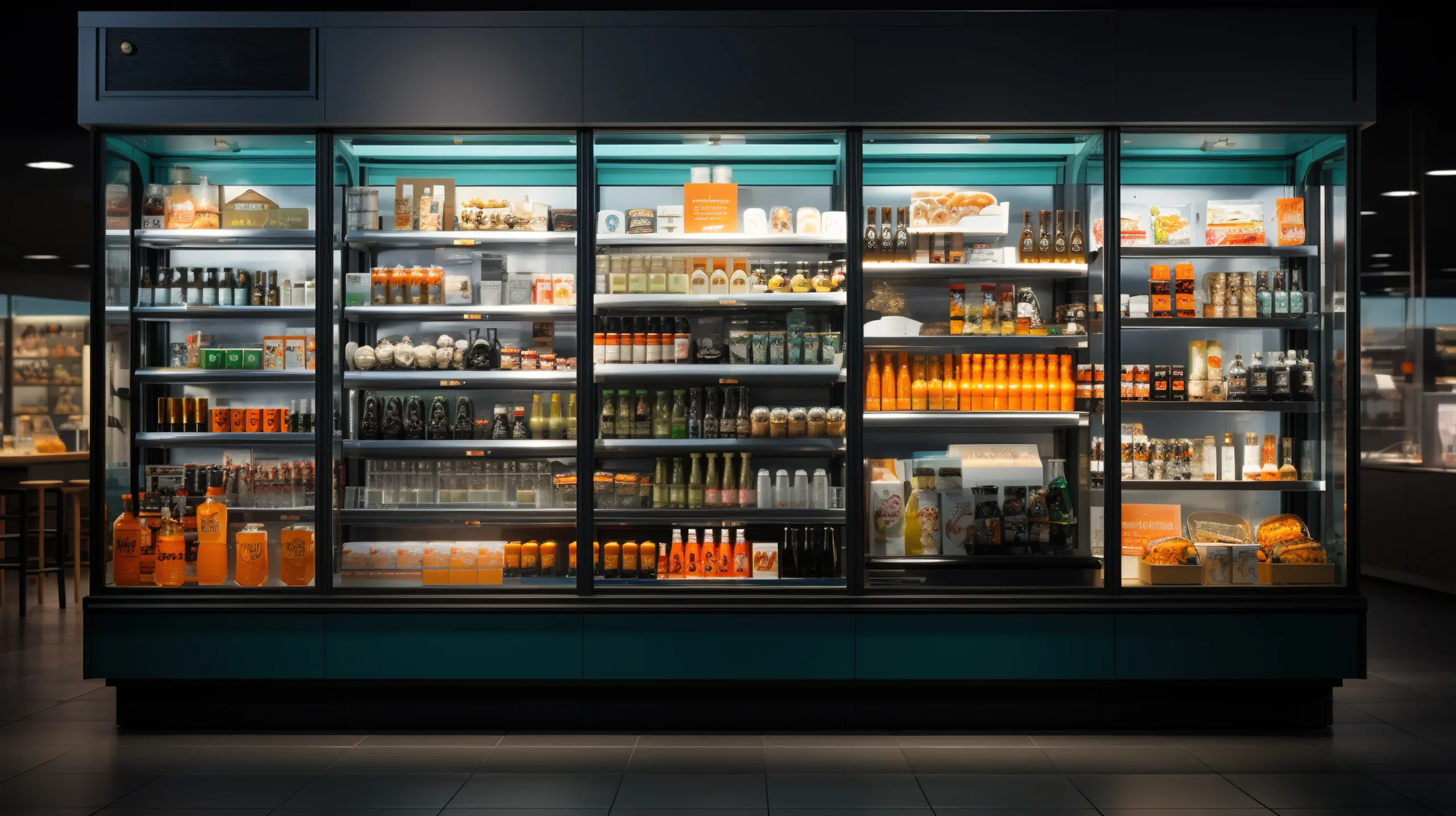
IMPORTANCE OF THE COLD CHAIN IN FINAL QUALITY.
In the food industry, the quality of products is a fundamental aspect that cannot be underestimated. Consumers are becoming increasingly demanding and conscious of what they consume, which has led to an increased focus on the cold chain in the production and distribution of food. In this article, we will explore in detail the importance…

ALFAJORES. A DELIGHT THAT ENDURES IN ARGENTINA
Alfajores, those delicious treats that make your mouth water just by mentioning them, have been an intrinsic part of Argentine culinary culture for decades. Despite the challenges brought about by the pandemic, the love for alfajores did not diminish; rather, it intensified. In this article, we will explore how the consumption of alfajores has evolved…

THE IMPORTANCE OF INVESTING IN BUSINESS UNITS AND EQUIPMENT KITS
In today’s competitive business world, strategic investment in equipment has proven to be a cornerstone for the sustainable success of organizations. Tangible assets such as machinery, equipment, infrastructure, and technology, play an essential role in the growth and operational efficiency of all businesses. Key Benefits of Investing in Business Units 1. Sustainable Growth Sustainable growth…
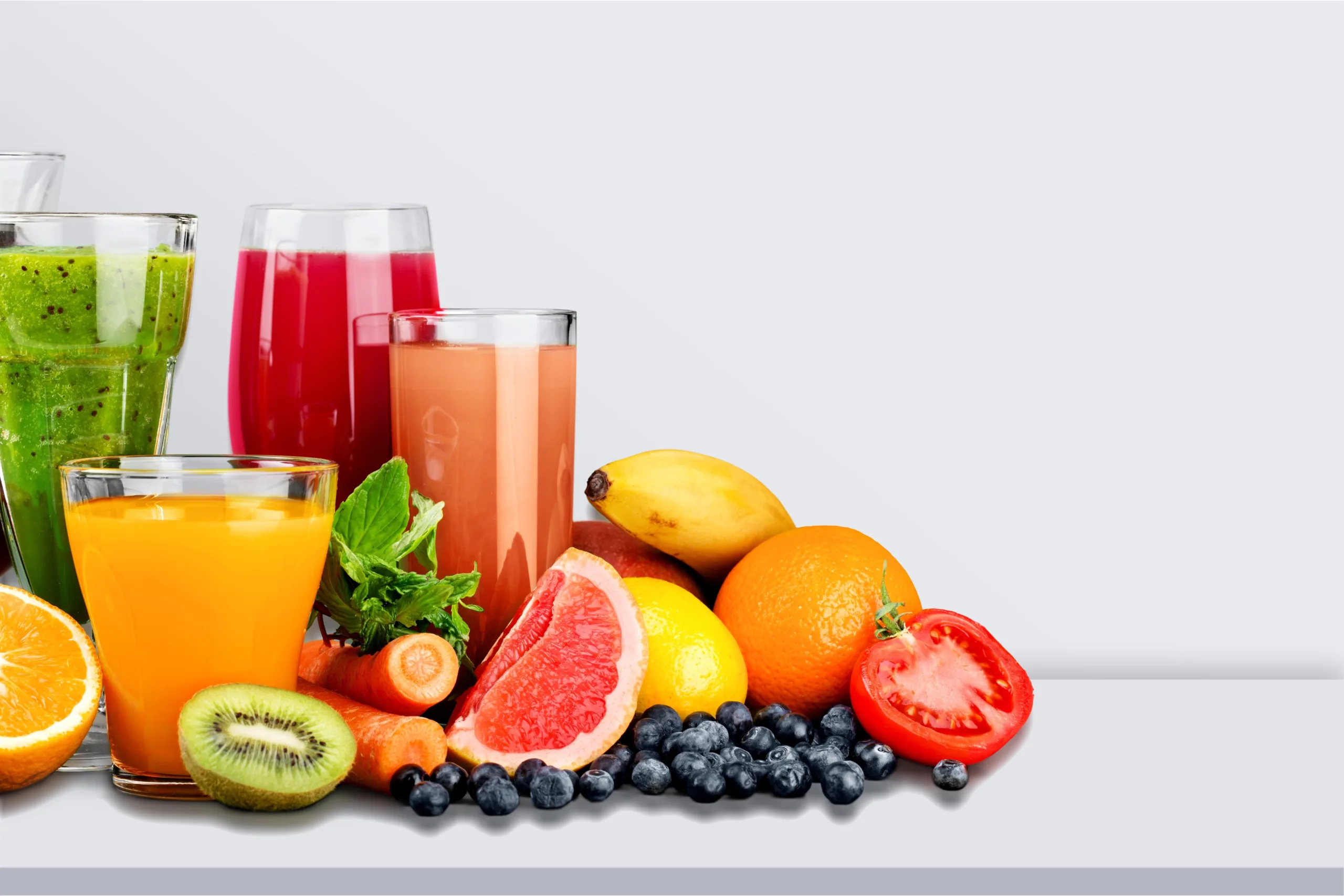
THE RISE OF NATURAL JUICE CONSUMPTION AND THE MACHINERY INVOLVED
Over the past two years, the consumption of natural juices has witnessed a remarkable surge, as more people are recognizing the health benefits and delicious flavors these beverages offer. Let’s delve into this trend and explore the machinery that plays a pivotal role in bringing these refreshing drinks to our tables. The Growing Demand: The…
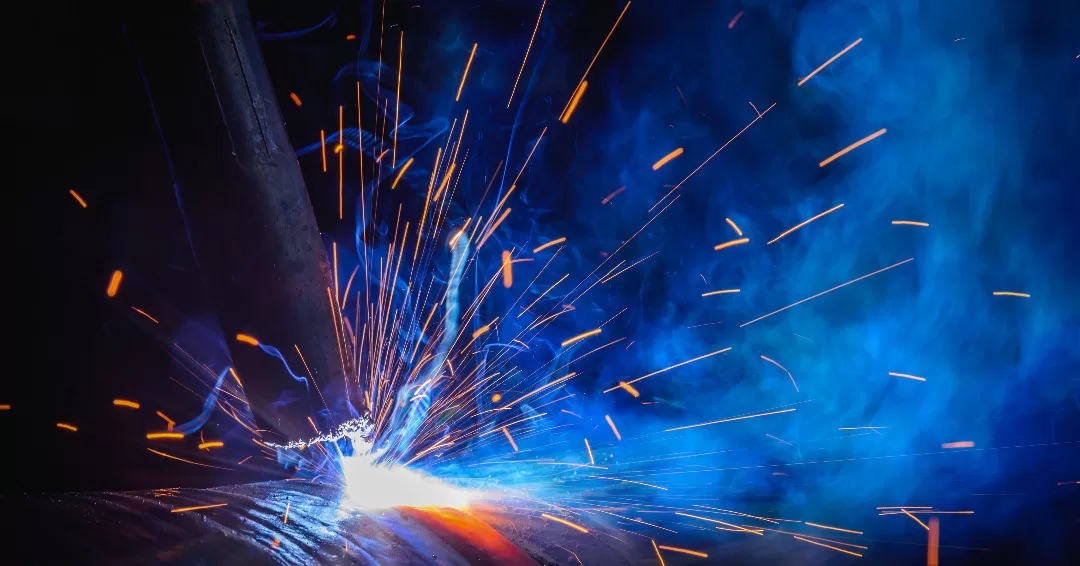
VARIATIONS IN THE EQUIPMENT MARKET FOR MANUFACTURING COMPANIES IN THE UNITED STATES IN THE LAST 20 YEARS
The manufacturing industry in the United States has experienced significant variations in the past two decades. From the 1990s to the present, changes in technology, the economy, and global competition have had a significant impact. One of the most notable trends has been the increasing adoption of automation and digitization technologies. Companies have invested in…
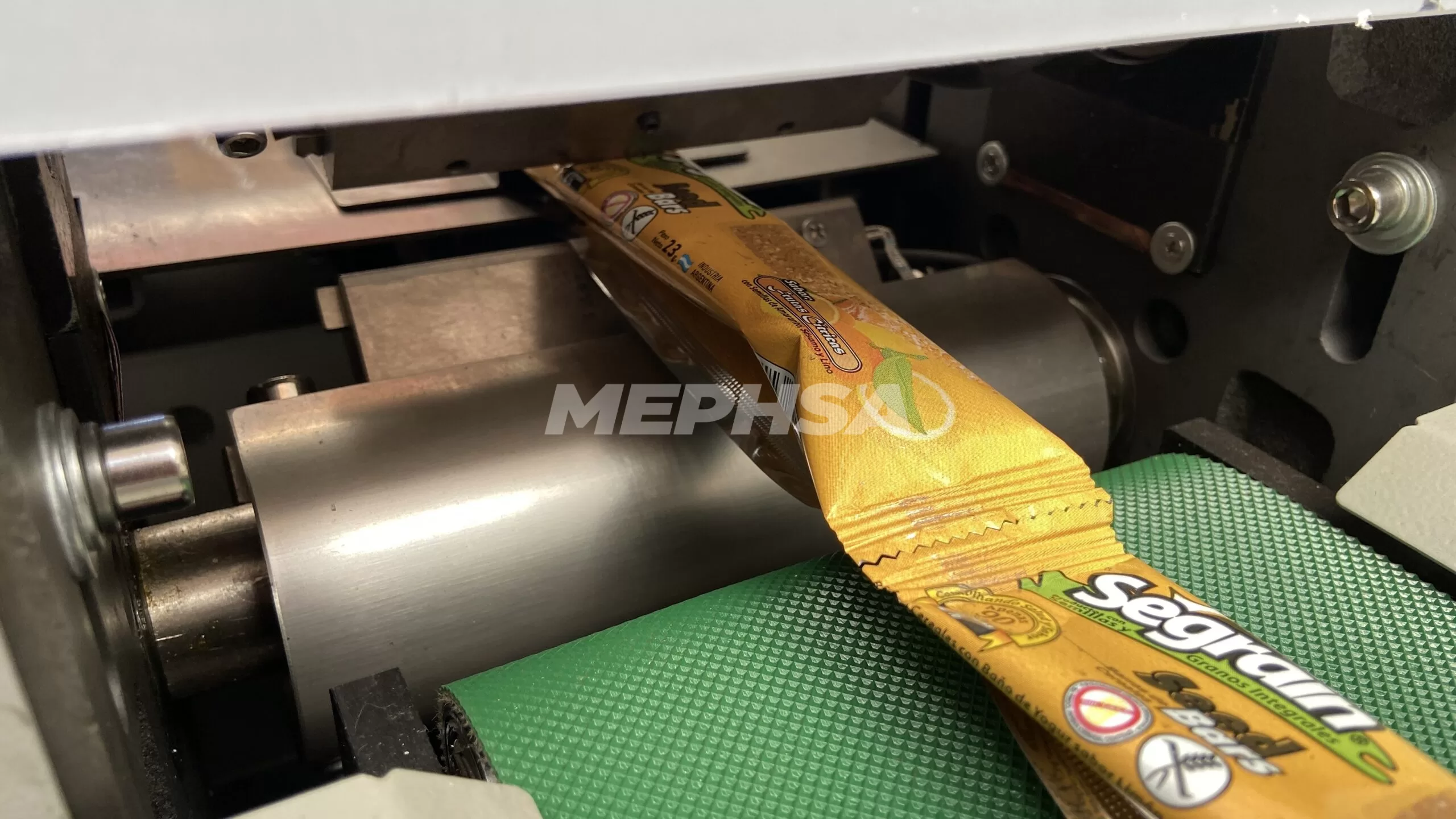
THE ROLE OF CAPITAL GOODS IN INVESTMENT AND ECONOMIC GROWTH
Capital goods are assets used in the production of goods and services over time. Investment in these goods increases an economy’s productive capacity and has a direct impact on productivity and quality, reducing production costs and improving competitiveness. However, investment in capital goods alone is not enough. It is necessary to create a favorable economic…

Benefits of machinery for the production of frozen foods
Frozen food production has become increasingly popular in recent years due to its convenience and long shelf life. However, frozen food production can also be a challenge for manufacturers due to the need to maintain product quality and ensure efficiency in production. This is where machinery for frozen food production can make a difference. In…
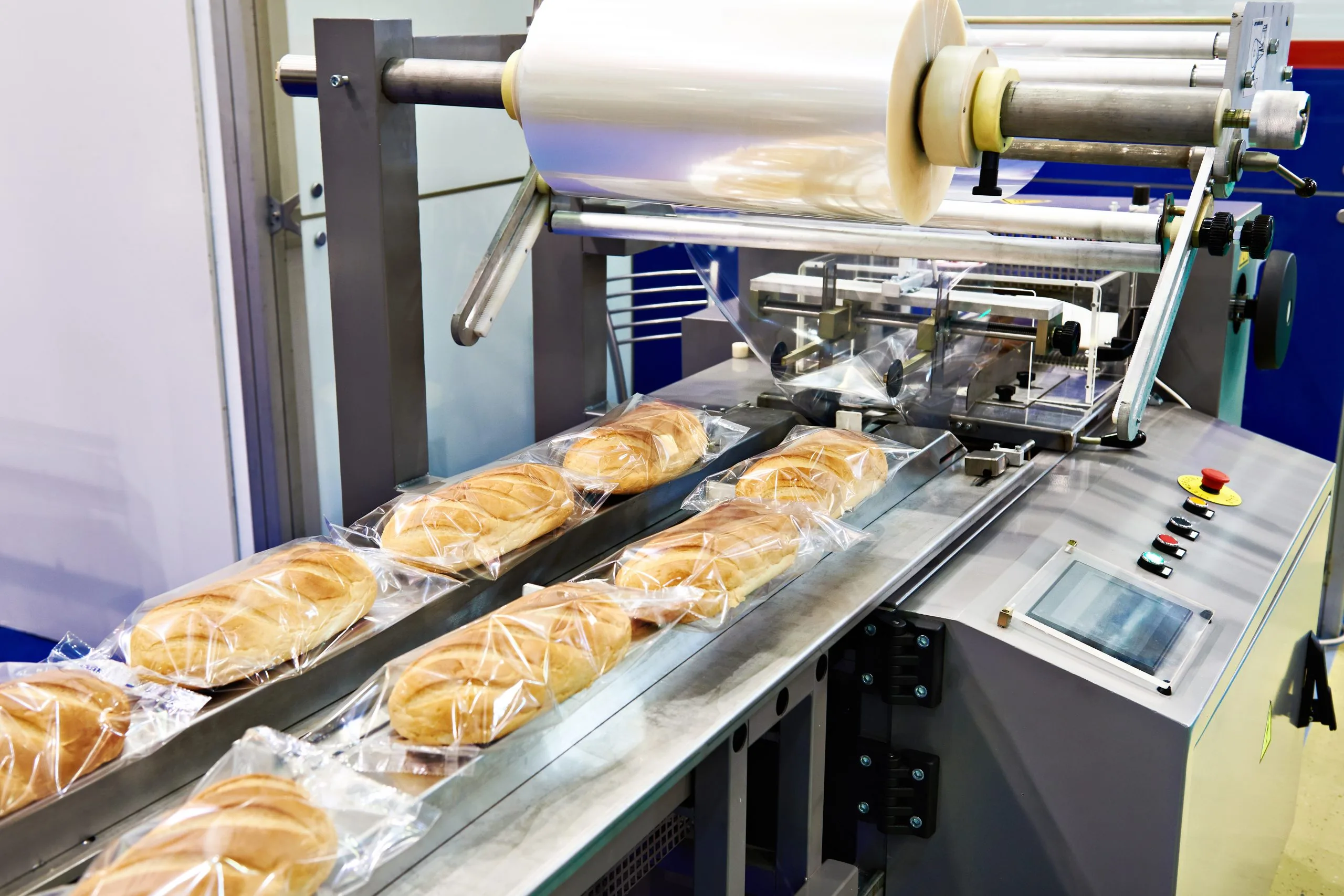
Global Packaging Machinery market to be valued at USD 59.82 Billion by 2027, growing at a CAGR of 4.95%: Bonafide Research
The growth of the packaging machinery market is driven by a combination of factors, including increasing demand for packaged products, technological advancements, sustainability, growing industries, and regulations and safety standards With the growth of e-commerce and changing consumer preferences, the demand for packaged products has increased significantly. This has driven the need for packaging machinery…
Durante 2022, las señales que parecían dar indicio de recuperación y crecimiento se quebraron. Frente a esto es posible preguntarse ¿qué políticas son necesarias para crecer?
No tener un crecimiento sostenido se volvió un problema estructural y crónico en nuestra economía que lleva décadas sin encontrar solución. El 2021, año en que el producto creció más de 10 puntos, estuvo lejos de ser la excepción. El paso del tiempo demostró que se trataba de un efecto “rebote” o de una recuperación…
Global Plastics Processing Machinery Market Is Expected to Generate $40.7 Billion by 2031: Allied Market Research
Surge in urbanization and an increase in the disposable income and the growth in construction across the world drive the global plastics processing machinery market. Based on region, Asia-Pacific held the largest share in 2021, contributing to nearly three-fifths of the global plastics processing machinery market share. According to the report published by Allied Market…